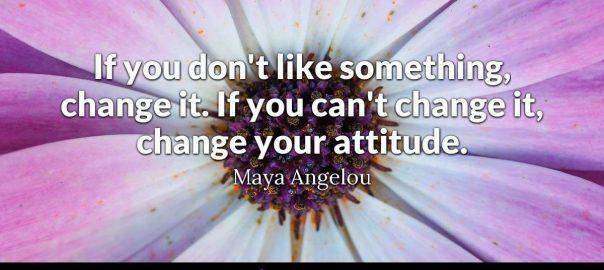— September 4, 2019
Swim With The Dolphins
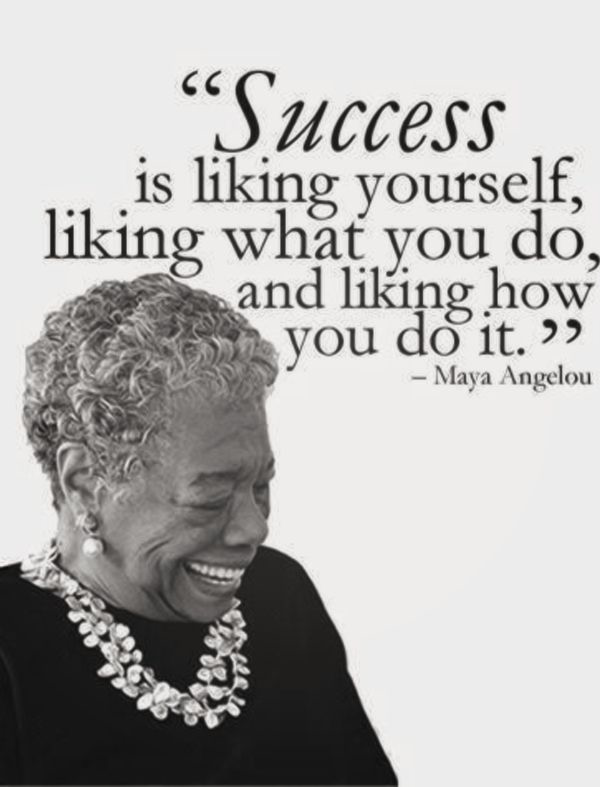
The other day I was having coffee with a friend and a mentor. His name is Al Ritter. He wrote the book, The 100/0 Principle: Give 100% of yourself, 100% of the time, expect nothing in return and watch what happens. Al was telling me a story about his daughter, Ashley. So what you need to know about Ashley is she has down syndrome. She’s about 40 years old. About 20 years ago, he had the opportunity to take his family to Hawaii. In that trip, Ashley wanted to go swim with the dolphins, which was one of the attractions where they were staying. When he told this story, it kind of hit me. “Am I living with an attitude of gratitude?”
So here’s the story, and I’m summarizing. What happened was, she wanted to go swim with the dolphins. The handlers by the pool or the lagoon where these dolphins were said, “No, no, no, she can’t go in,” because they only saw her as a potential threat to the animals. At the same time, there were families with kids lined up around and they were watching this go on. Finally, Al explained to them that she’s fine and it would be okay. They finally agreed and let her in. As soon as she went into the water, all the dolphins started swimming up to her because they sensed her peace. They could tell that she was kind, and loving, and not harmful.

There were three different perspectives happening here. The first was the handlers; they were afraid that their animals were going to get hurt. The second was the parents; they saw this special needs kid basically being denied an opportunity to enjoy life. The third was Al and his family; they knew that she was going to be perfect for the animals and the animals perfect for her. That gave me a sense of wanting to talk about the attitude of gratitude and how to find one.
Attitude Of Gratitude – 5 Easy Pieces
I’m going to lay out five key points about having an attitude of gratitude. I’m going to give you a little insight, and then I’m going to leave you with a tip.
Let me start with the first one.
Work with what you have.
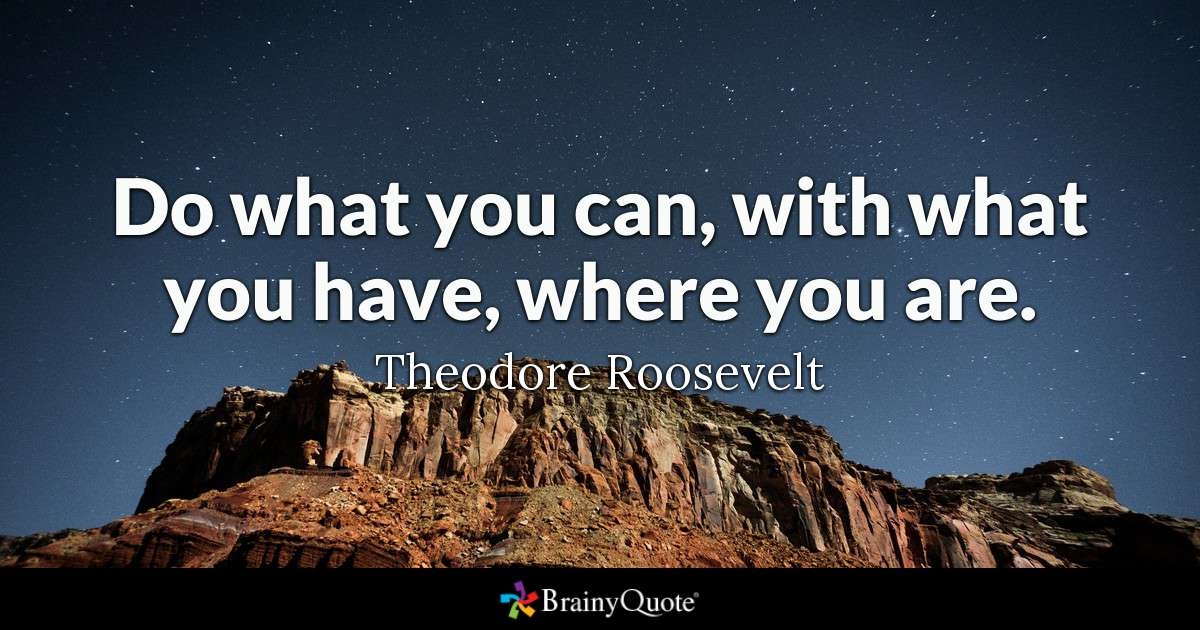
There’s a quote by Teddy Roosevelt and it goes like this: “Do what you can with what you have, where you are.” I know people that just spend a ton of time, energy, and money trying to get ahead in the world. But business is really simple when you break it down. The bottom line is, if you can just turn $ 1 into $ 2 or $ 3, you have a business.
I watched a video with Dennis Becker, who’s kind of one of the fathers of internet marketing, and he basically built his business on eBay making $ 5 a day. He started with $ 300,000 in debt and couldn’t afford to spend a lot of money. But he learned if he could make $ 5 a day, he could figure out how to scale it. The takeaway is to work within the means that you have.
Here’s your tip: Take an inventory of what you have at your fingertips. Spend a supplement, but don’t totally re-invent. In other words, use what you have first and then figure out what you need to get to where you want to be.
Continue To Learn.
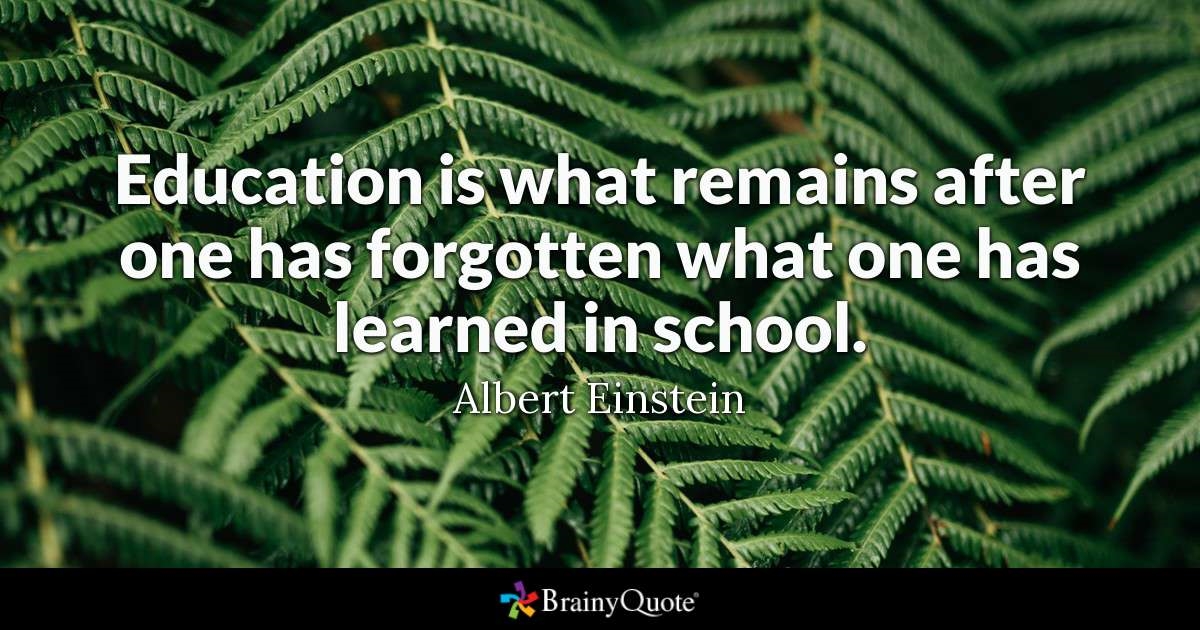
Albert Einstein said, “Education is what remains after one has forgotten what one has learned in school.” It amazes me how many people think that because they’ve gone to high school, and they’ve done to college, and maybe even gotten a PhD, that they’re done learning. But I’m here to tell you with years, and years, and years of reinvention, I’ve never stopped learning. Learning comes in many forms. Again, I saw a post on Facebook that led me to that Dennis Becker video, and I watched it and I learned a little bit. It was an investment of about 20 minutes. But learning can come in many forms, books, videos, webinars, podcasts. Even networking, getting out and meeting people, you can learn something.
Here’s your tip: Always be on the lookout for learning opportunities and make time for it.
Embrace Failure.
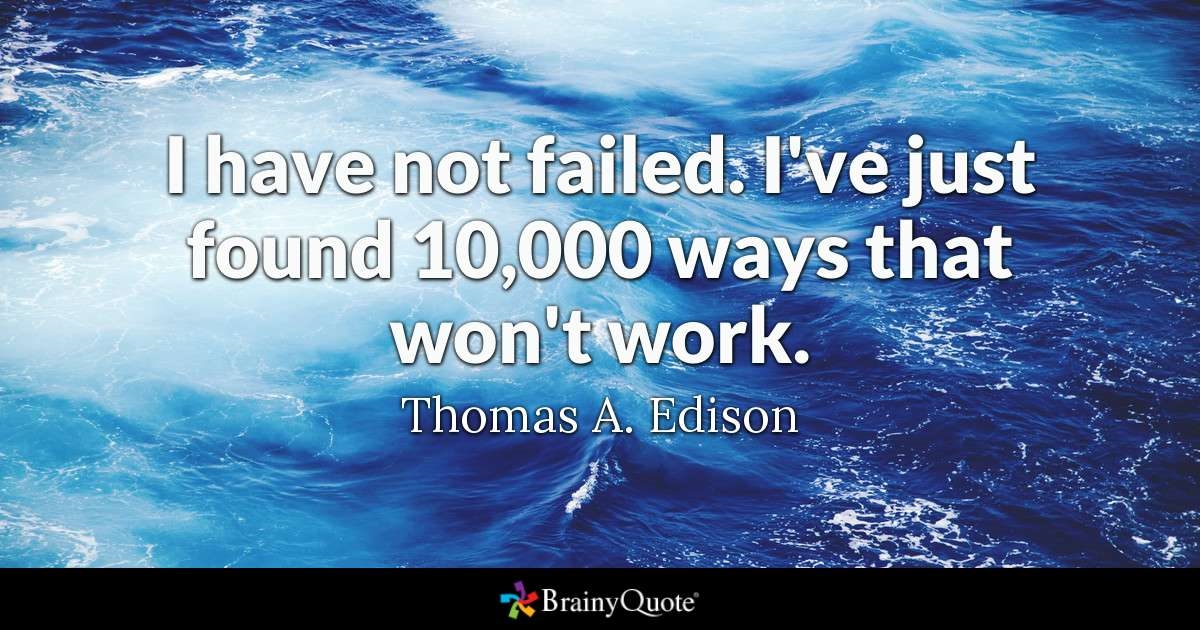
Thomas Edison, when inventing the light bulb, said, “I have not failed. I just found 10,000 ways that won’t work.” That’s an attitude of gratitude. Failure, a lot of the time, is an emotional response. We feel like we’ve let ourselves down. But in reality, if you have an attitude of gratitude, you realize that failure is just a key to learning, to doing things the right way. So sometimes, like Thomas Edison, maybe you have to fail 10,000 ways before you finally get it right.
Here’s your tip: Turn that frown upside down. When you look at failure as an opportunity to grow and not just falling flat onto your face, you end up changing your attitude to an attitude of gratitude.
Don’t Quit Too Early.
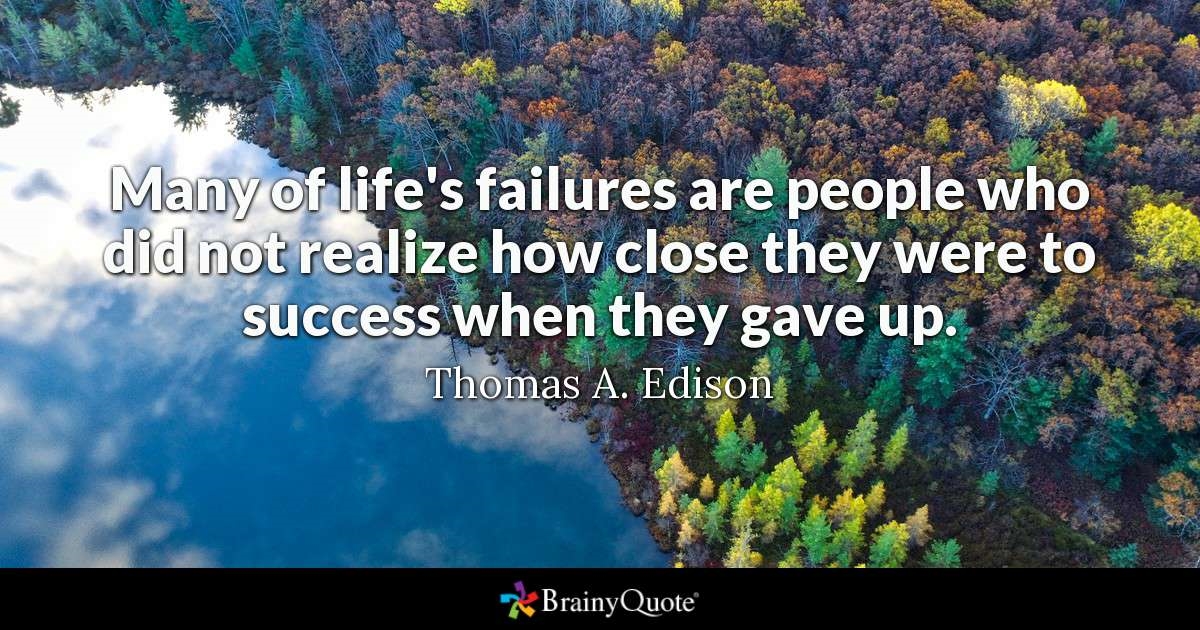
Another quote from Thomas Edison is, “Many of life’s failures are people who did not realize how close they were to success when they gave up.” What happens in our world is we’re constantly barraged with, “Do this, do that, don’t do this, don’t do that.” It’s all this different advice, all these different lessons, all these different philosophies, and technologies. I call it BSOS: Bright, Shiny Object Syndrome. It causes us to change our focus a lot of the time.
Here’s your tip: If you’re sure about your perfect customer and what problem you solve for them, you have to keep trying to get your message in front of them in a way that’s going to make them take notice. So don’t give up too early. Just figure out a new way to present your perfect idea to your perfect customer.
What Gets Measured Gets Done.
That’s by Tom Peters. But the quote is from Galileo, and he says, “Measure what is measurable and make measurable what is not so.” What he’s saying is to define what success means to you. Is it money? Is it awareness? Is it influence? Is it progress? Whatever it is, figure out a way to measure it. And if you can’t measure it, figure out a way to measure it.
The tip is: Create a spreadsheet and track your progress on what it is that you’re doing, how many followers you have, how many times you’re interacted with, how much money you make. Whatever it is, track what you’re doing.
Final Thoughts
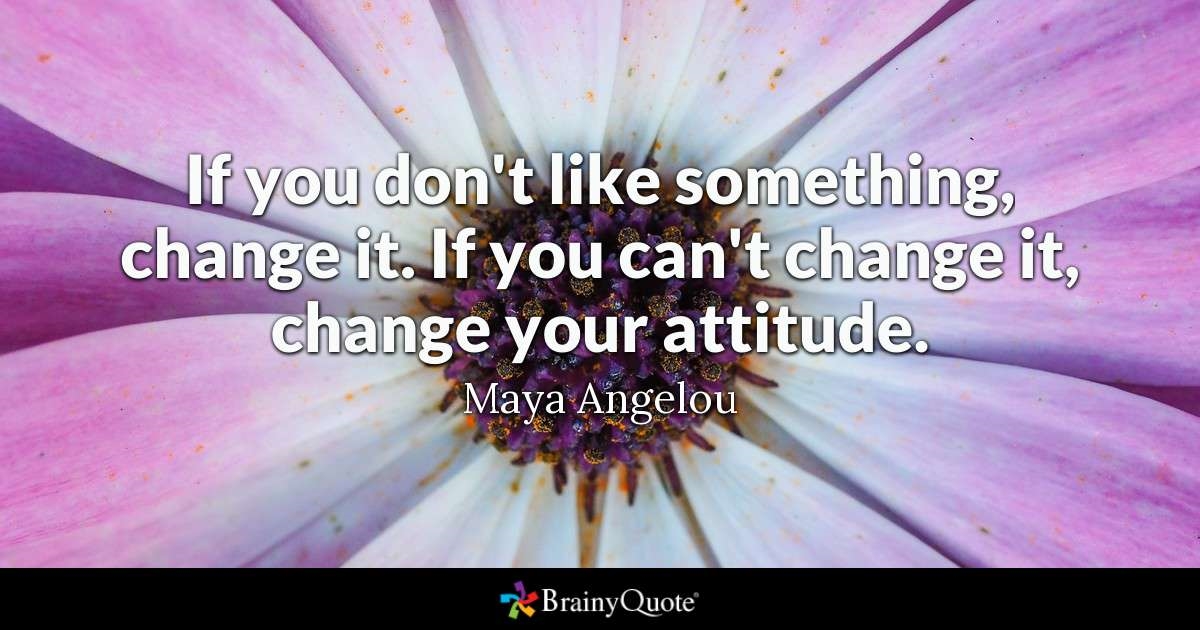
I want to leave you with some final thoughts and some final quotes. There are two kinds of people in this world: People that get up and say, “Good morning, God.” And the other people that get up and say, “Good God, it’s morning.” On that note, here are some quotes:
“If you can’t change your fate, change your attitude.” – Charles Revson
“If you don’t like something, change it. If you can’t change it, change your attitude.” – Maya Angelou
The final one is…
“If you want small changes in your life, work on your attitude. But if you want big, primary changes, work on your paradigm.” – Stephen Covey.
I would love to hear your thoughts on this. Comment below and share your thoughts, ideas or questions about showing the concepts presented. Have you had to overcome any of the presented concepts? What worked and what did not live up to expectations? Do you have any ideas or advice you could share?
Business & Finance Articles on Business 2 Community
(51)
Report Post